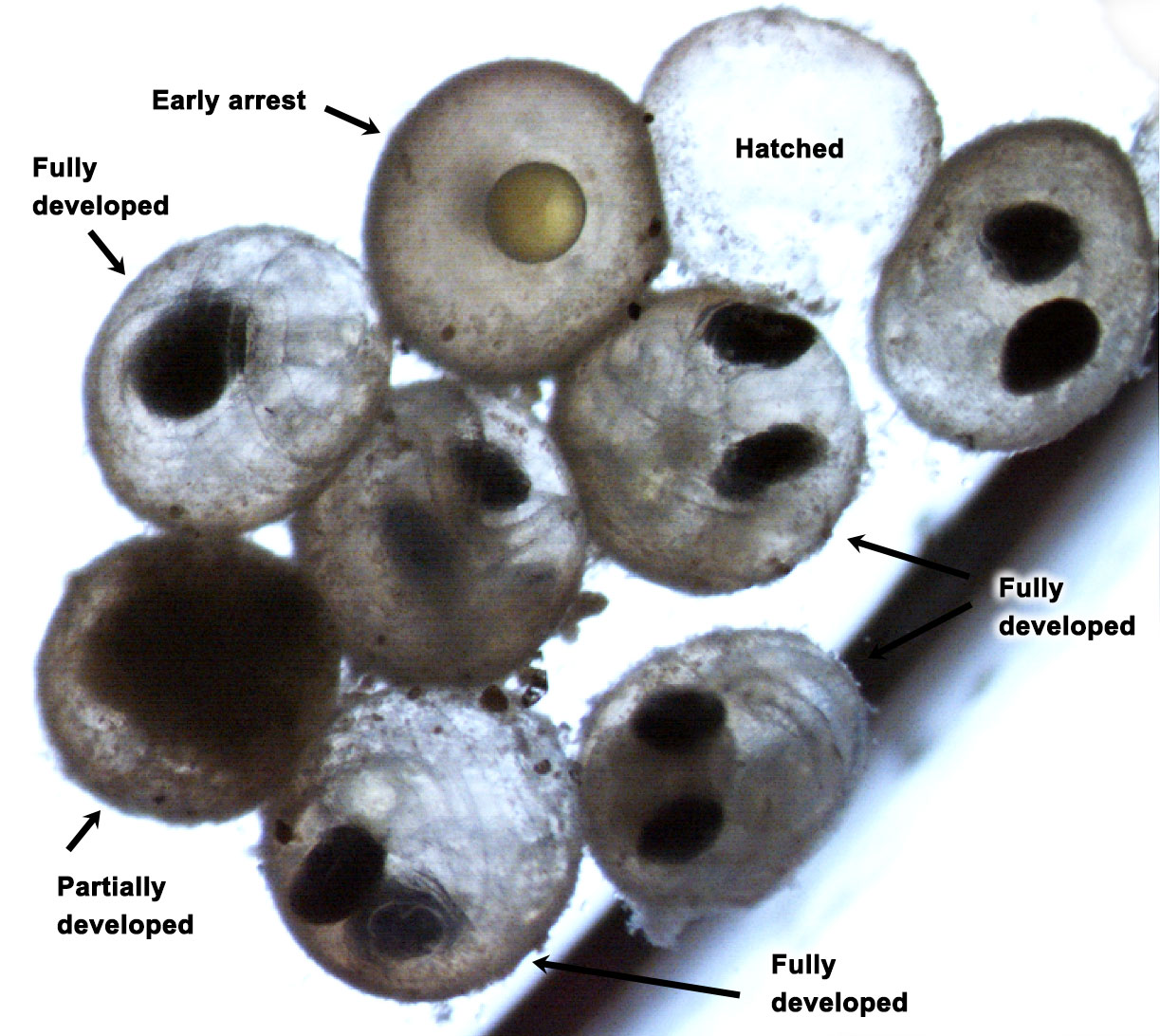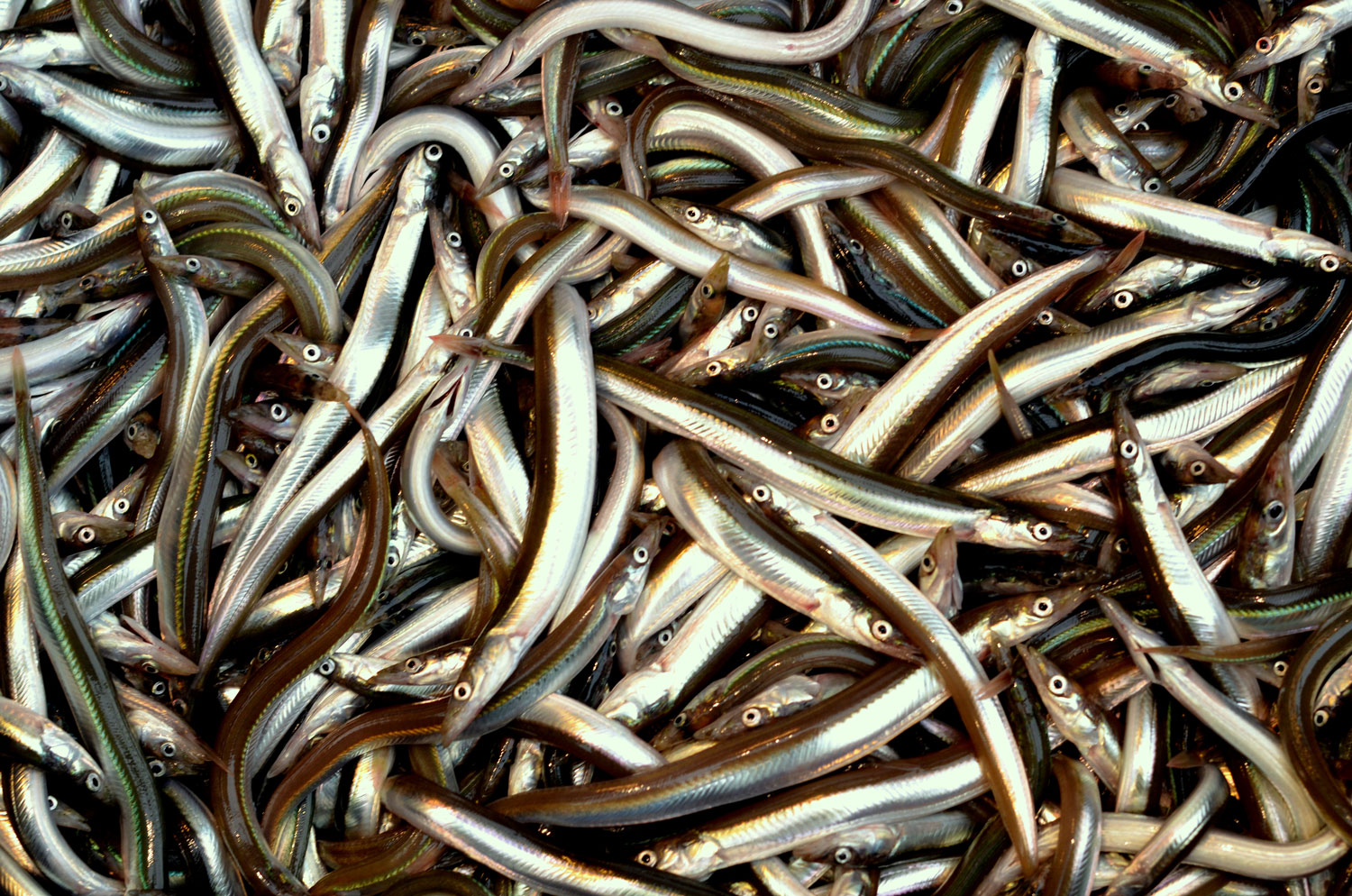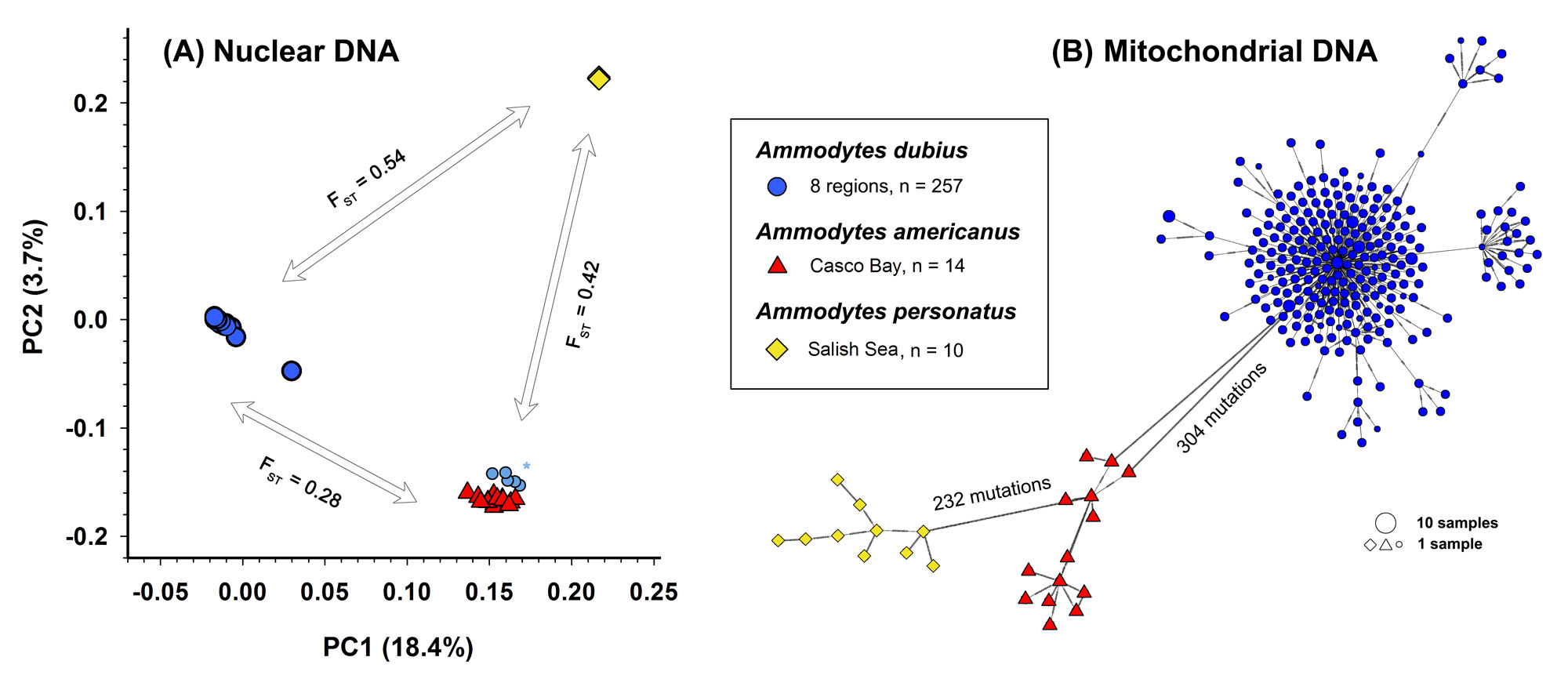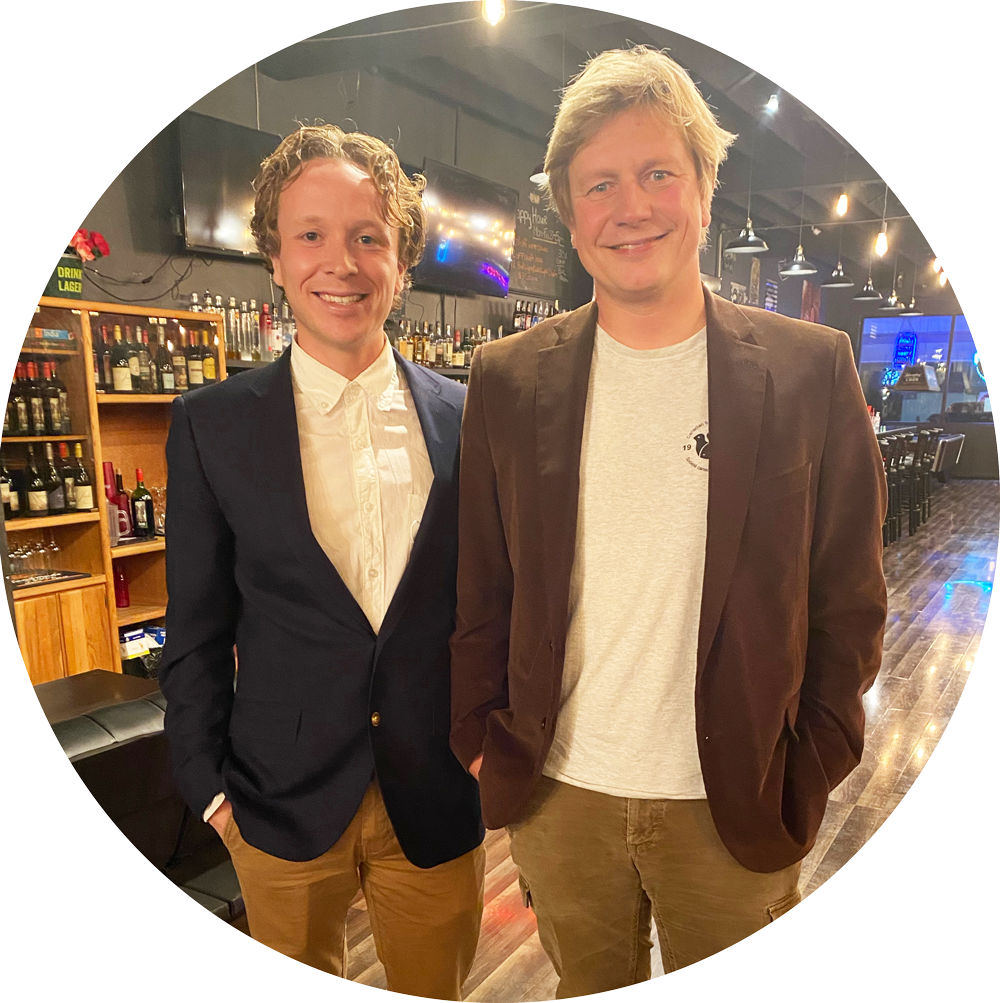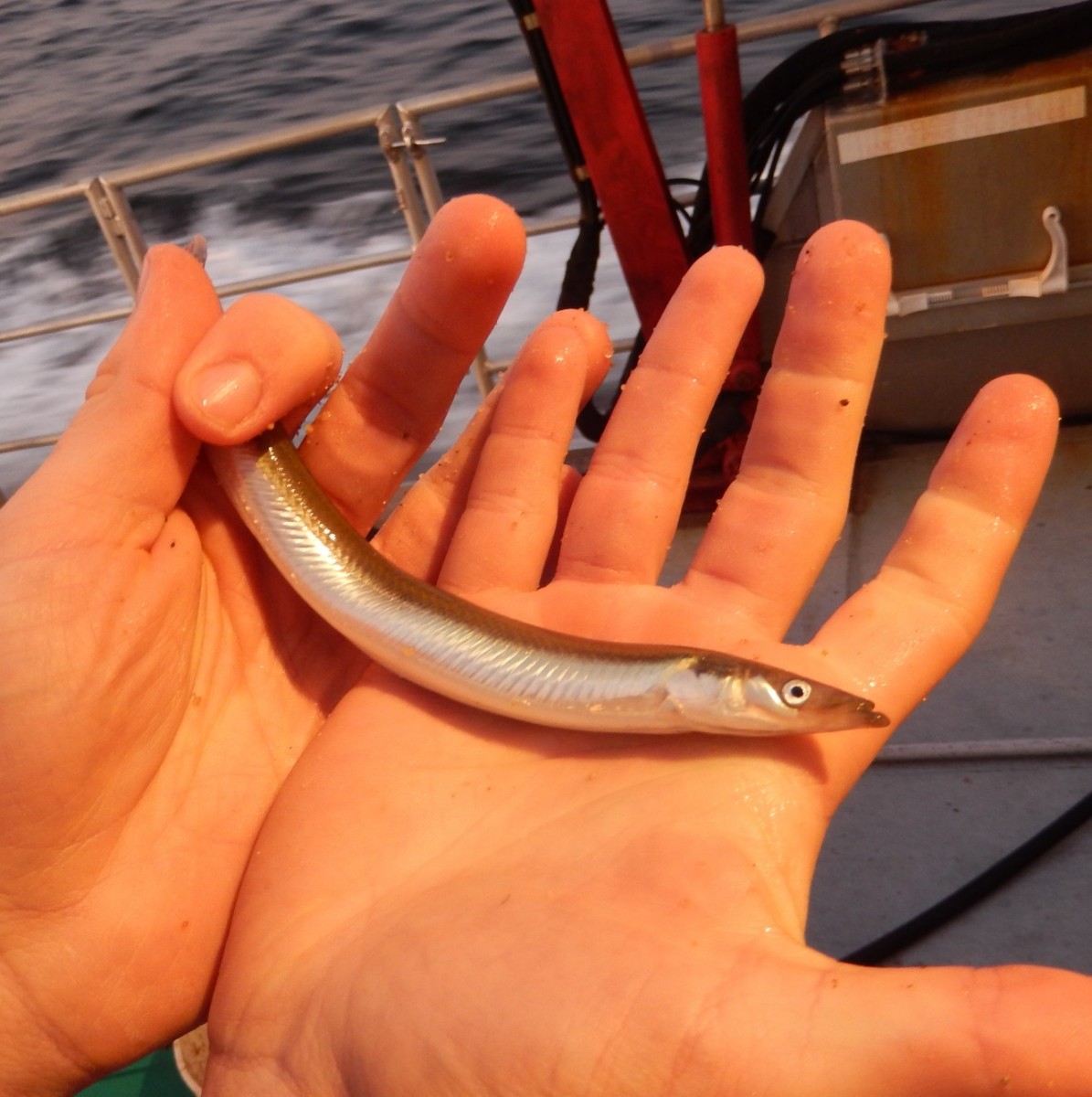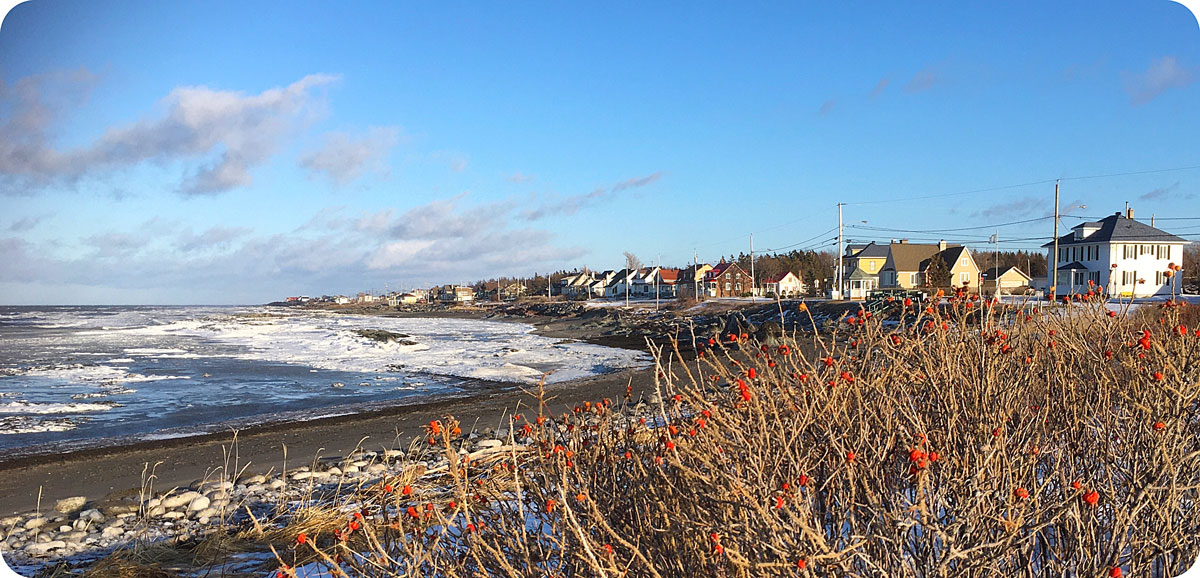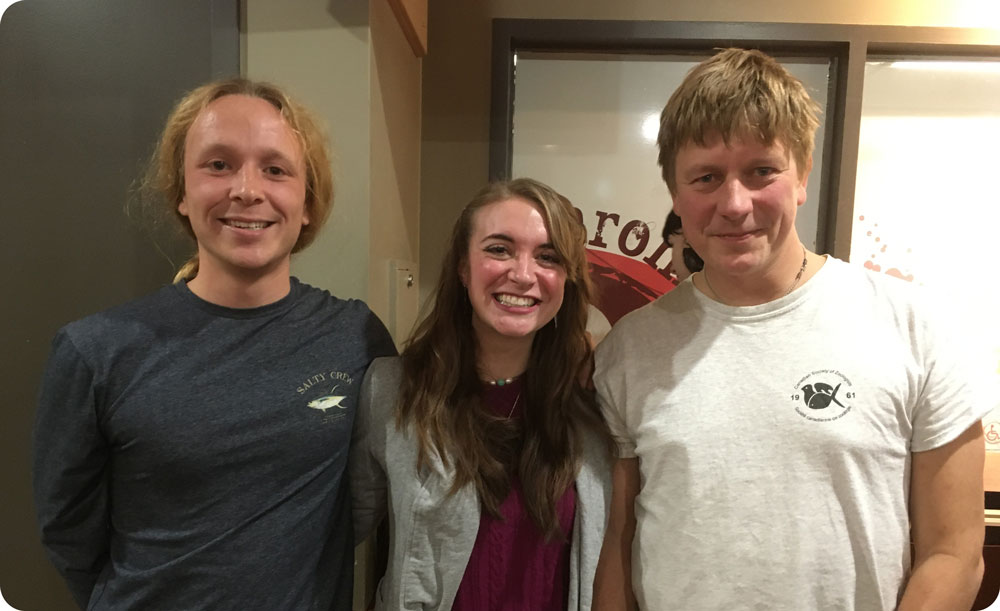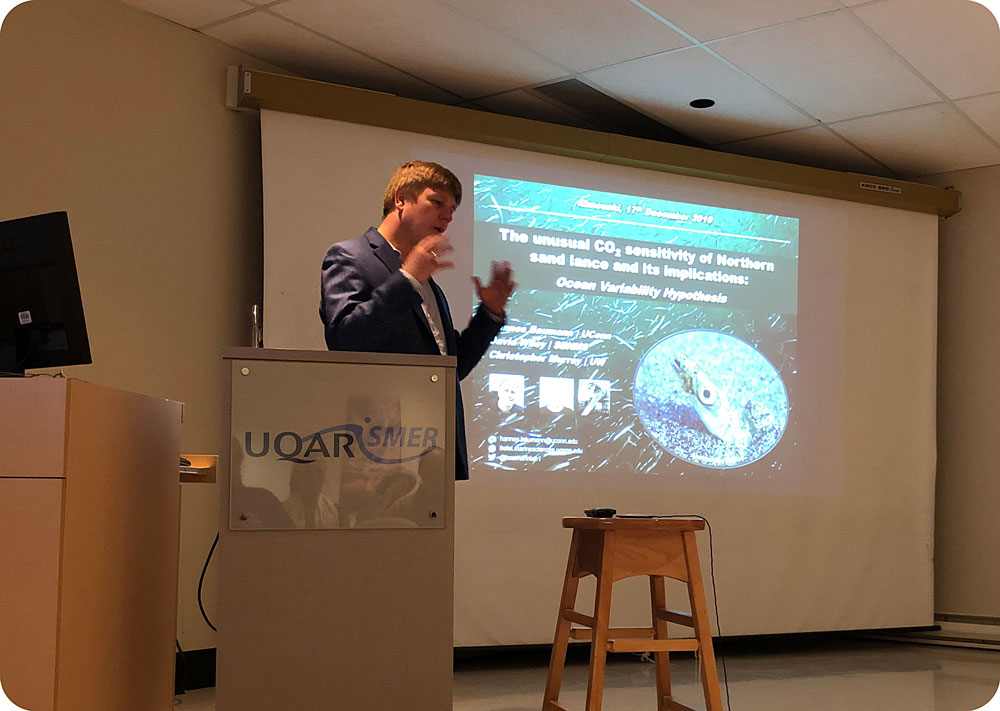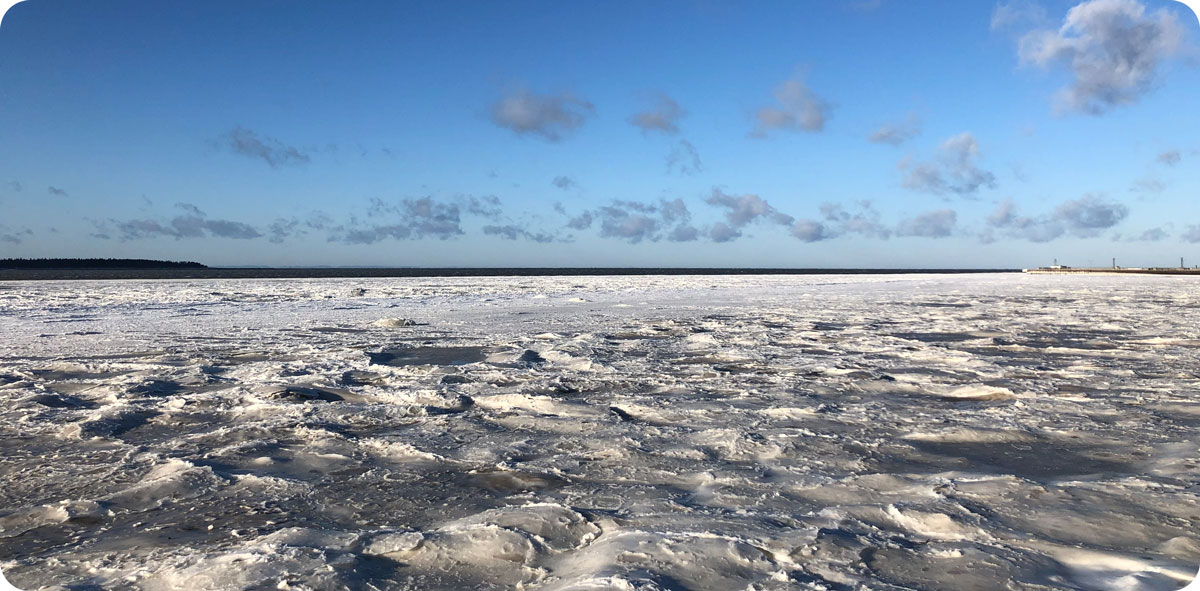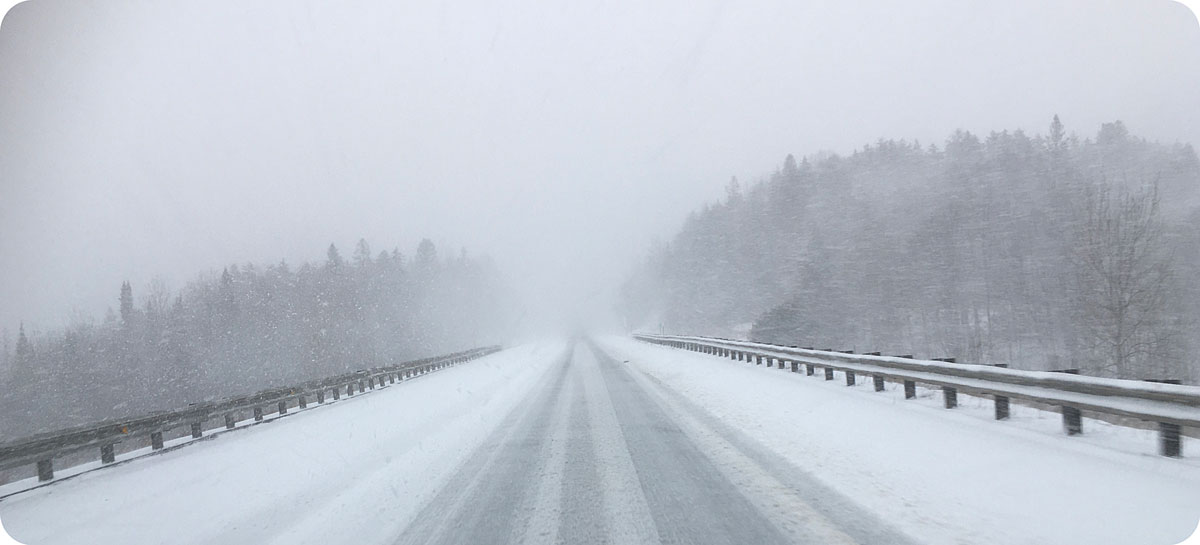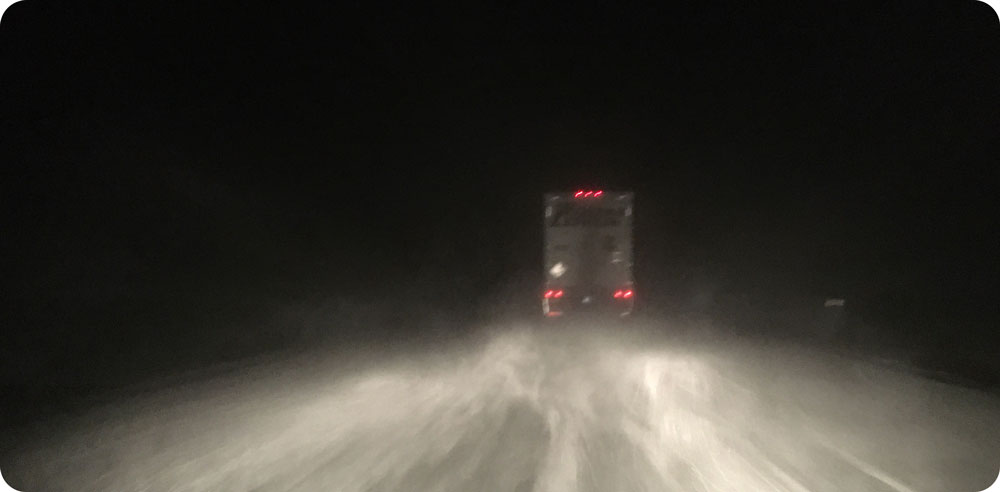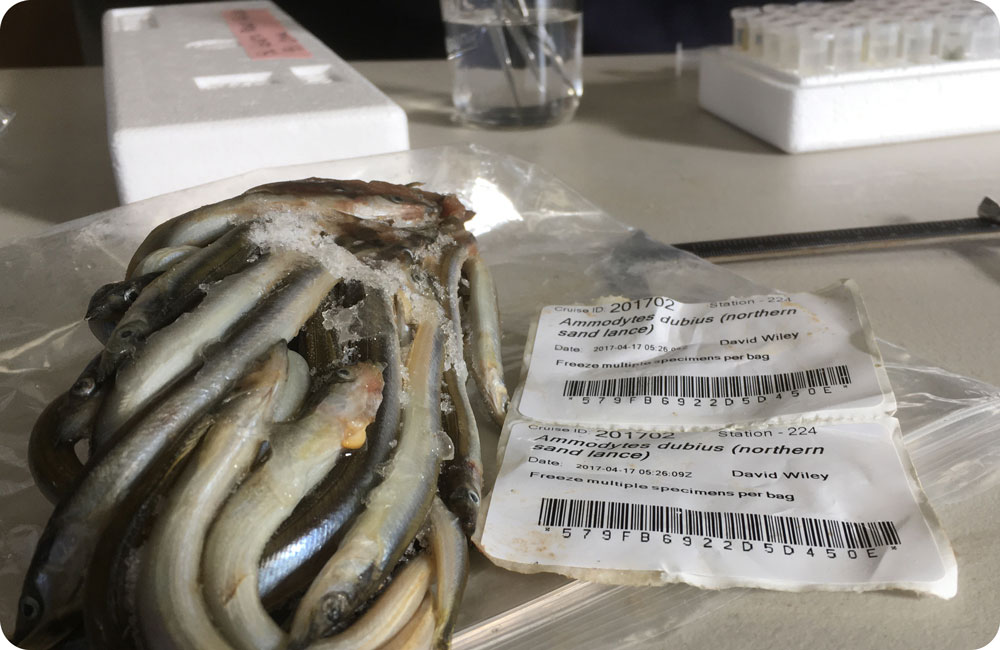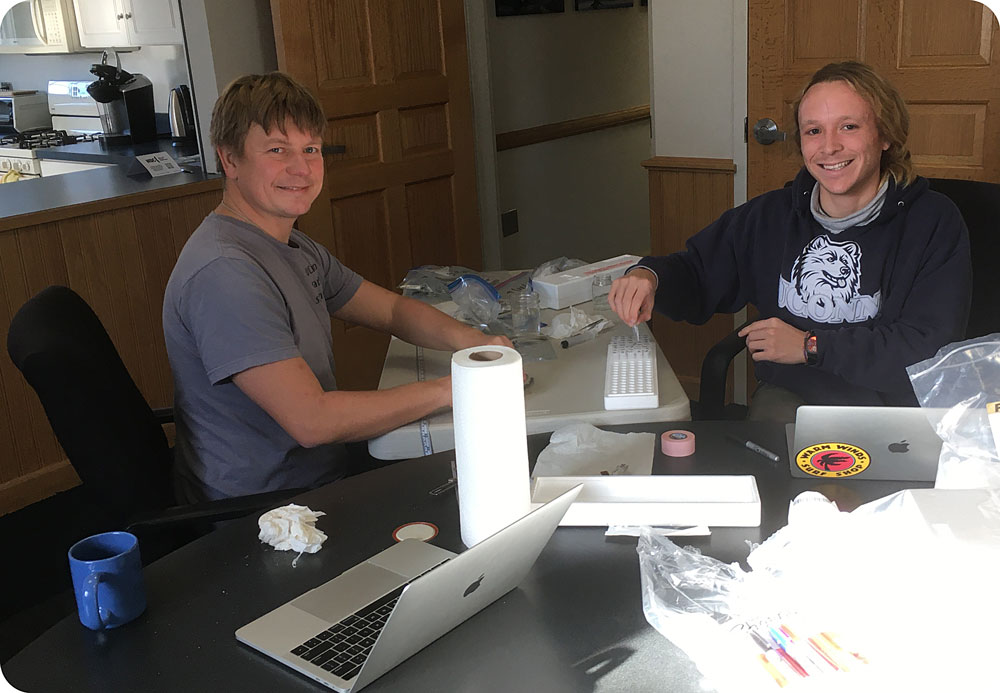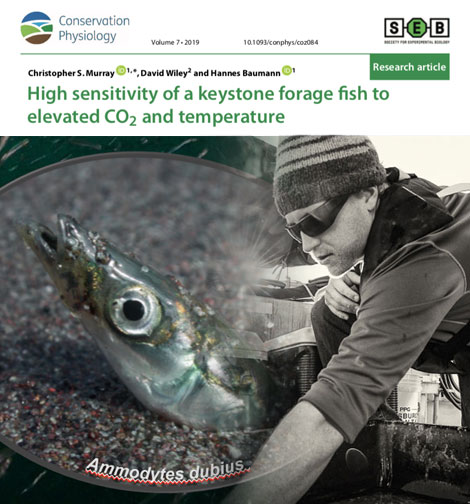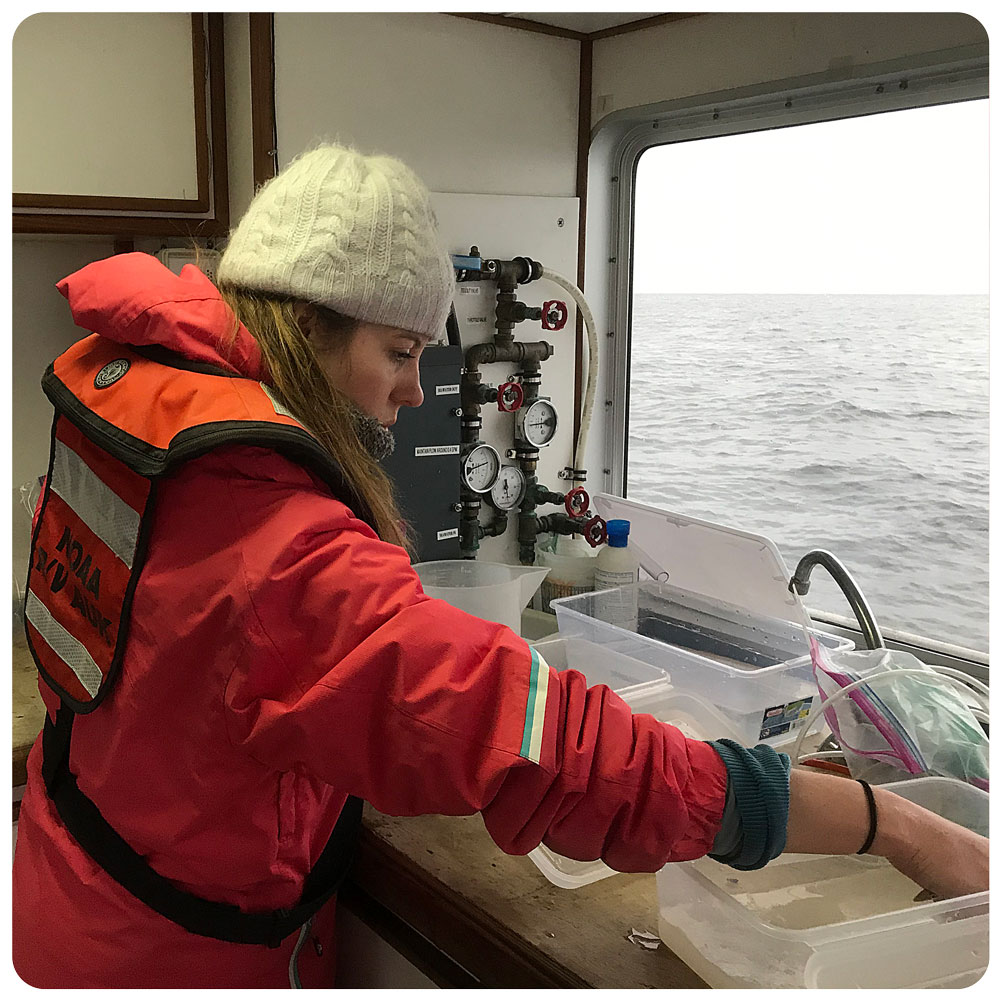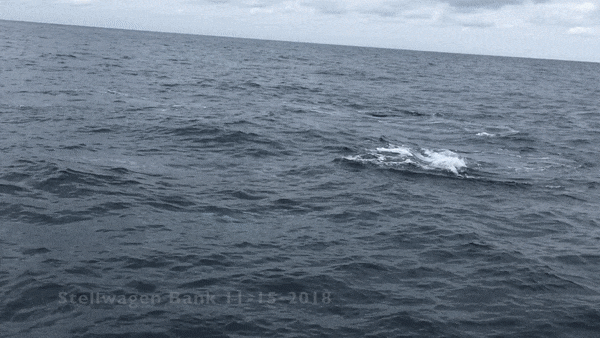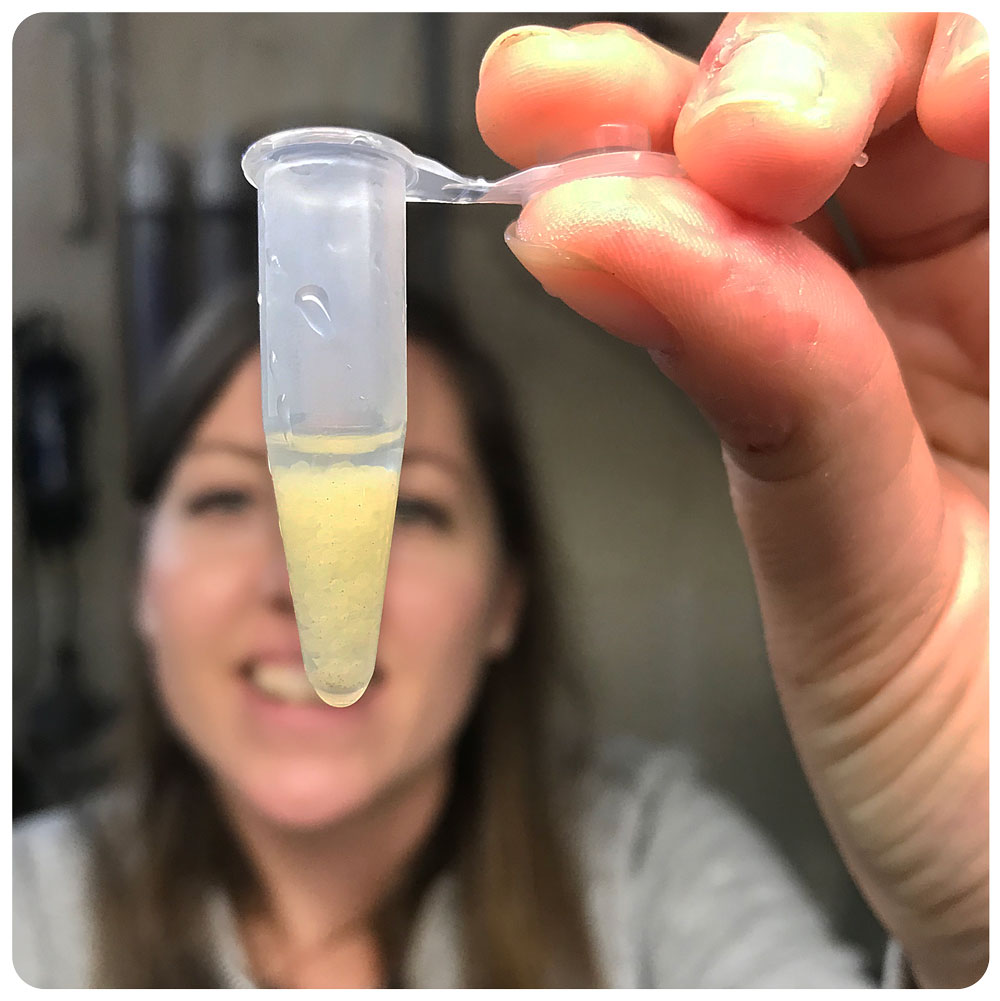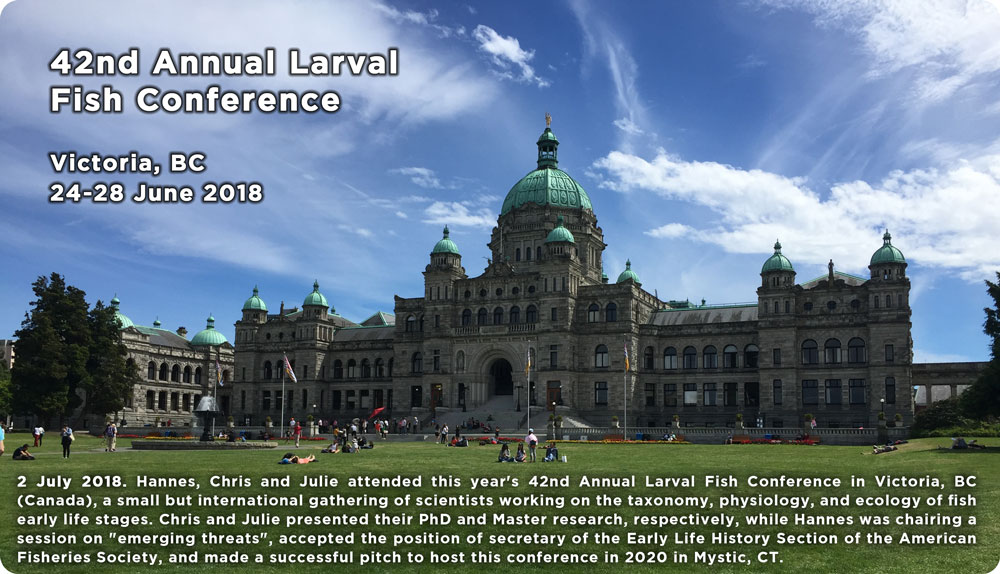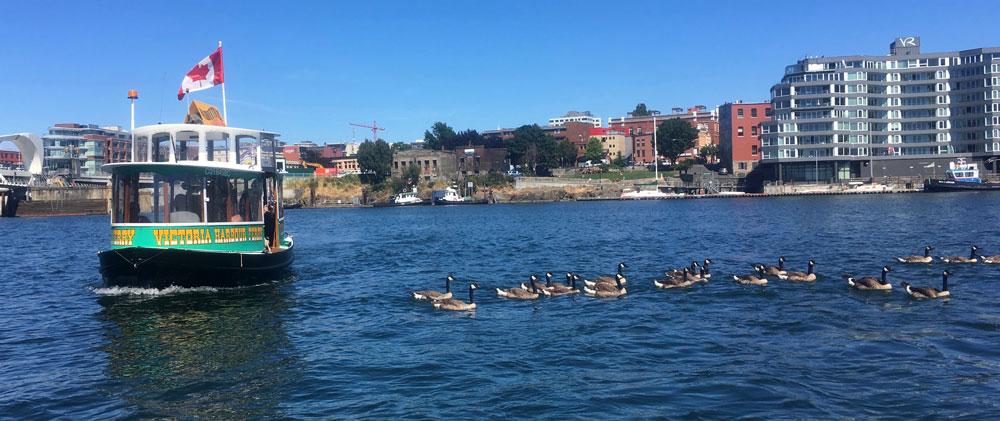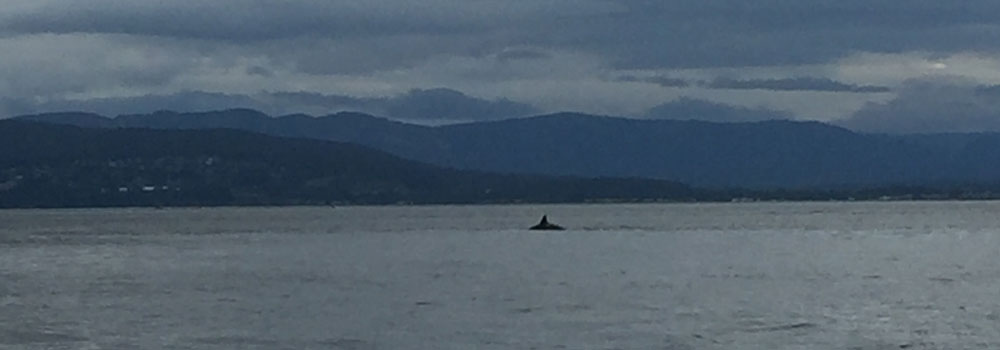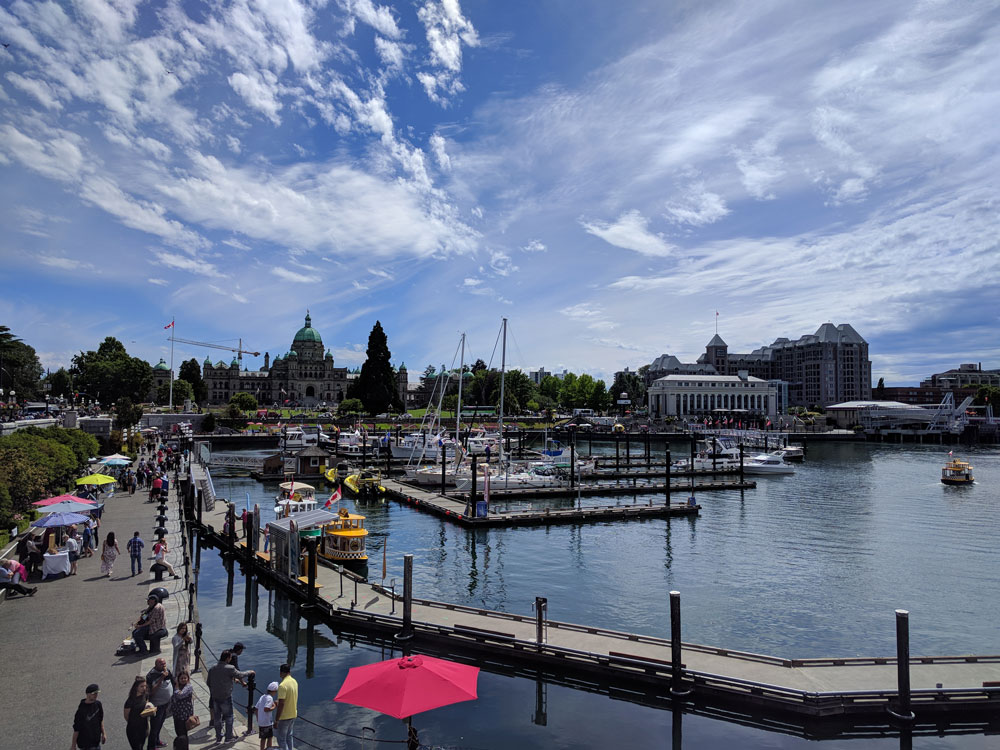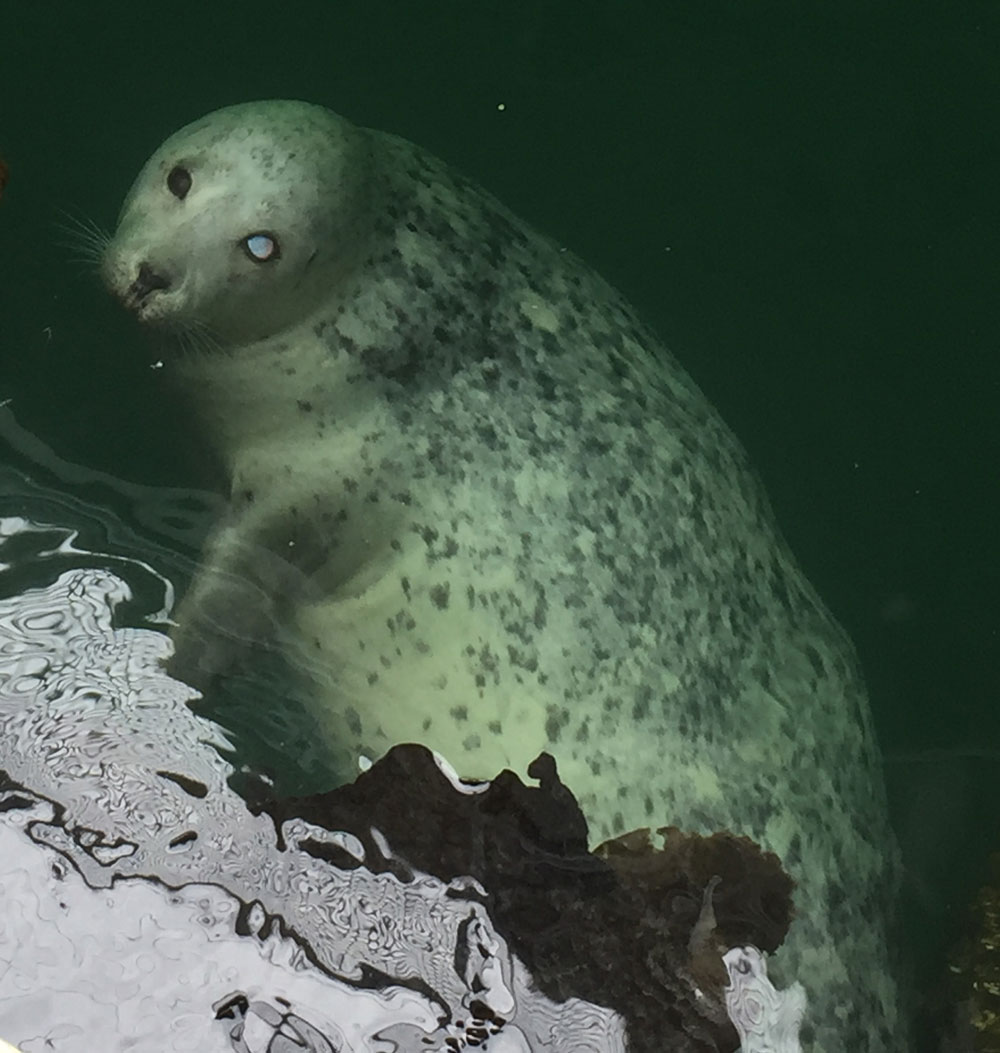24 June 2023. We are overjoyed to be able to announce today that NSF's Division of Integrative Organismal Systems has awarded our proposed research to better understand sand lance CO2 sensitivity!
With a sense of pride and humility we will take on this intriguing case, follow it down some rabbit holes, while keeping in mind the big picture. This fall, our collaborative team will begin its renewed work, now on both congeneric sandlance species (Ammodytes dubius, A. americanus).
We already have two talented PhD students recruited to the task, Lucas Jones and Emma Siegfried. With curiosity and anticipation, we look forward to the next years of eco-evolutionary research on some of the most important forage fish species on the Northwest Atlantic Shelf.
NSF-ORCC (Organismal Response to Climate Change): Collaborative Research: Mechanisms underpinning the unusual, high CO2 sensitivity of sand lances, key forage fishes on the Northwest Atlantic Shelf (#2307813, 2023-2026, $1,050,000)
*** Why are sand lance so sensitive to future high CO2 conditions in the ocean? ***
Public Award Abstract
Ocean warming and acidification are direct, predictable consequences of man-made climate change with likely vast but still insufficiently understood consequences for marine life.
So far, most tested fish species appear only mildly sensitive to ocean acidification, but sand lances are an exception. Sand lances are small, eel-like, schooling fishes of enormous importance as food for marine fish, seabirds and mammals in temperate to polar ecosystems, and recent research conclusively demonstrated that many sand lance embryos have trouble developing and hatching under predicted future ocean conditions.
This project uses modern experimental and molecular tools to understand exactly WHY sand lance embryos are so unusually sensitive and which genes and enzymes are responsible for this. Genes will also reveal whether some specific genotypes are less sensitive to warming and acidification, which can then be used to predict whether the species could evolve to be more tolerant over time.
Another important objective is to test a closely related sand lance species to find out, whether the high climate sensitivity might be of general concern in this important group of forage fishes. This project combines innovative ecological, evolutionary, and genomic research to help society anticipate looming marine ecosystem changes in the 21st century, while equipping the next generation of scientists with the needed tools and expertise to succeed in the challenges ahead.
The project also creates opportunities for high school students from underprivileged Connecticut schools to accompany the team on sand lance sampling trips to Stellwagen Bank National Marine Sanctuary.
American sand lance (Ammodytes americanus) swimming in surface waters of Wells Harbor, ME in November 2021
Technical Award Abstract
Two recent studies on Northern sand lance (Ammodytes dubius), a key forage fish on offshore sand banks across the Northwest Atlantic shelf (NWA), have robustly demonstrated that predicted future CO2 conditions induce some of the most severe reductions in embryo survival and hatching success seen yet among tested fish species. This project has four objectives for revealing the mechanisms underpinning this unusual, high CO2-sensitivity as well as the ubiquity and genetic basis of this phenomenon.
[1] For the first time, we will rear A. dubius offspring produced from wild spawners to late larval stages at factorial CO2 × temperature conditions to test whether sand lance larvae are as CO2-sensitive as embryos.
[2] For the first time, we will use transcriptomic tools (RNAseq, RT-qPCR) to elucidate mechanisms causing ‘CO2-impaired hatching’, focusing specifically on hatching enzymes, to better understand a newly discovered mortality mechanism due to high CO2 in fishes.
[3] Modern genomic approaches (low-coverage whole genome sequencing; allele frequency shifts, relatedness analyses) will reveal whether high CO2-sensitivity has a genetic basis in sand lance and could therefore evolve.
[4] And for the first time, we will extend CO2 × temperature experiments to a congener, the American sand lance (A. americanus), which provides an important scientific contrast between nearshore vs. offshore species CO2-sensitivities and will yield critical insights whether high CO2-sensitivity is a wider concern within the sand lance family.
